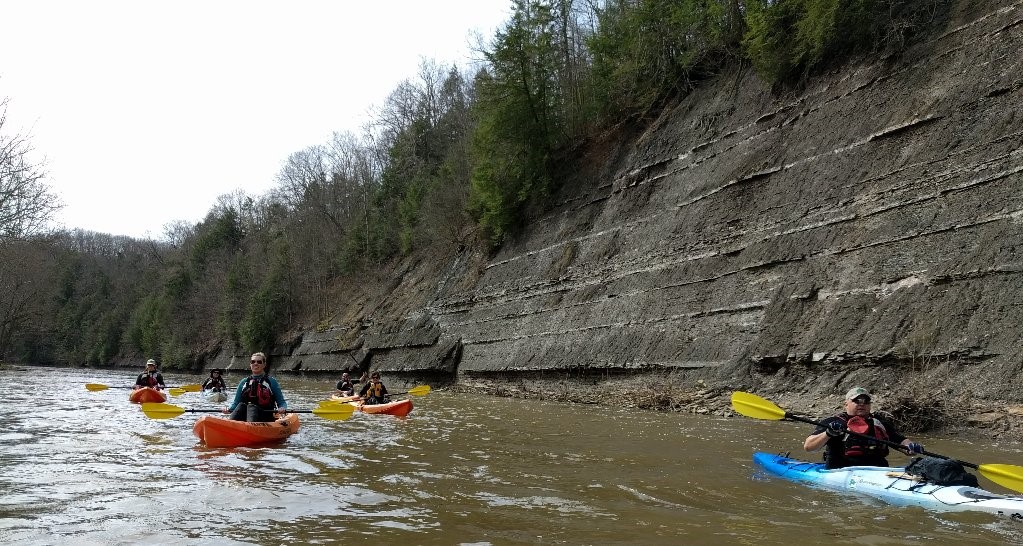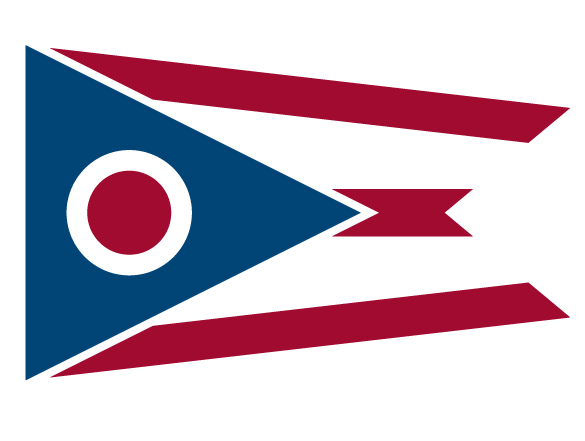Industrial Pretreatment

The Industrial Pretreatment Program regulates industrial facilities discharging wastewater to publicly owned treatment works (POTWs). Oftentimes, process wastewater discharged from industrial users is contaminated with a variety of toxic or harmful substances. Because POTWs are usually not specifically designed to treat these substances, Industrial Pretreatment Programs are needed to eliminate potentially serious problems that may occur when these substances are discharged into the public sewer system.
At its highest level, the Industrial Pretreatment Program is mandated under the Federal Clean Water Act and the United States EPA.
It is administrated at a state-wide level by the Ohio EPA’s Pretreatment Unit, who ensures that the Lake County Department of Utilities properly follows the requirements regarding wastewater discharge to the Lake County Regional Sewer District.
During the 1950’s and 1960’s, the industrial boom in the United States brought with it a level of pollution never before seen in this country. Scenes of dying fish, burning rivers, and thick black smog engulfing major metropolitan areas were images and stories repeated regularly on the evening news. In response to these critical environmental problem, President Richard Nixon created the U.S. Environmental Protection Agency through an executive order in 1970.
In 1972, Congress passed the Clean Water Act (CWA) to restore and maintain the integrity of the nation’s waters. The CWA required the elimination of pollutants discharged into the nation’s waters and the achievement of healthy water quality levels. The EPA’s National Pollutant Discharge Elimination System (NPDES) permitting program represents one of the key components established to accomplish this task. The NPDES program requires permits for all point source discharges to U.S. waters.
To address indirect discharges from industries to POTWs, the EPA, through CWA authorities, established the National Pretreatment Program as a component of the NPDES Permitting Program. The National Pretreatment Program requires industrial and commercial dischargers to treat or control pollutants in their wastewater prior to discharge to POTWs.
Some pollutants are not compatible with the biological wastewater treatment process and may pass through the treatment plant untreated or partially treated. This “pass through” of pollutants impacts the surrounding environment by detrimentally altering the receiving waters. Also, some industrial pollutants contaminate sludge from the POTW and prevent its beneficial use.
The Lake County Department of Utilities is required by the NPDES permit to implement the National Industrial Pretreatment Program, establish local industrial discharge limits, monitor discharges and inspect industries in the Lake County Regional Sewer District. Since 1983, the Lake County Department of Utility’s Pretreatment Program has made great strides in reducing the discharge of toxic pollutants into the sewer systems and waters of the State of Ohio. In the eyes of many, the Pretreatment Program, implemented as a partnership between the EPA, the states and the POTWs, is a notable success story in reducing adverse impacts to human health and the environment. These strides can be attributed to the efforts of many federal, state, local and industrial representatives who have been involved with developing and implementing the National Industrial Pretreatment Program.
The Lake County Department of Utilities is proud to have shared in this success story, as our Industrial Pretreatment Program has experienced many successes of our own. The industries that comprise the Lake County Regional Sewer District work in partnership with our department toward the common goal of protecting the environment and the waters of the State of Ohio.
